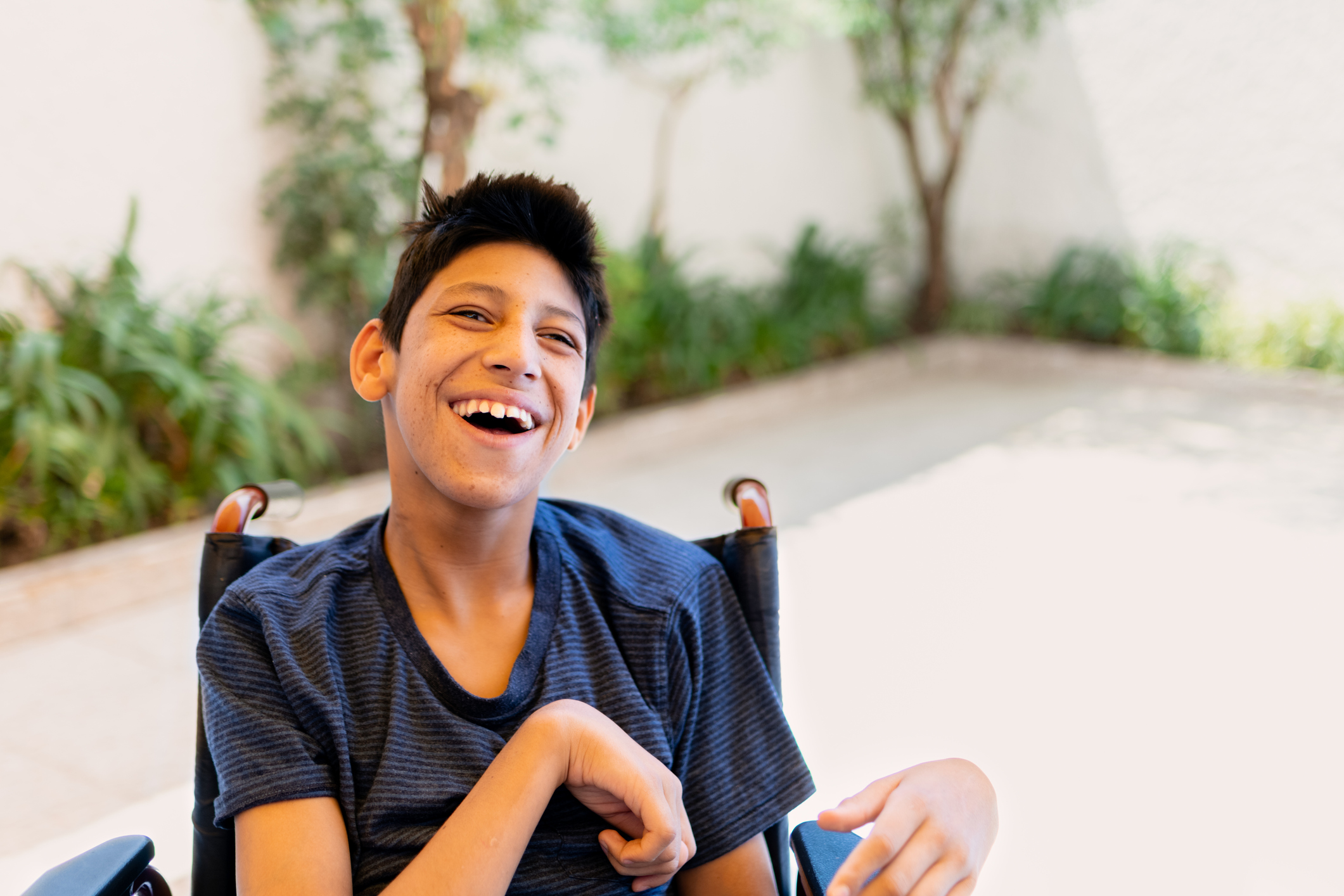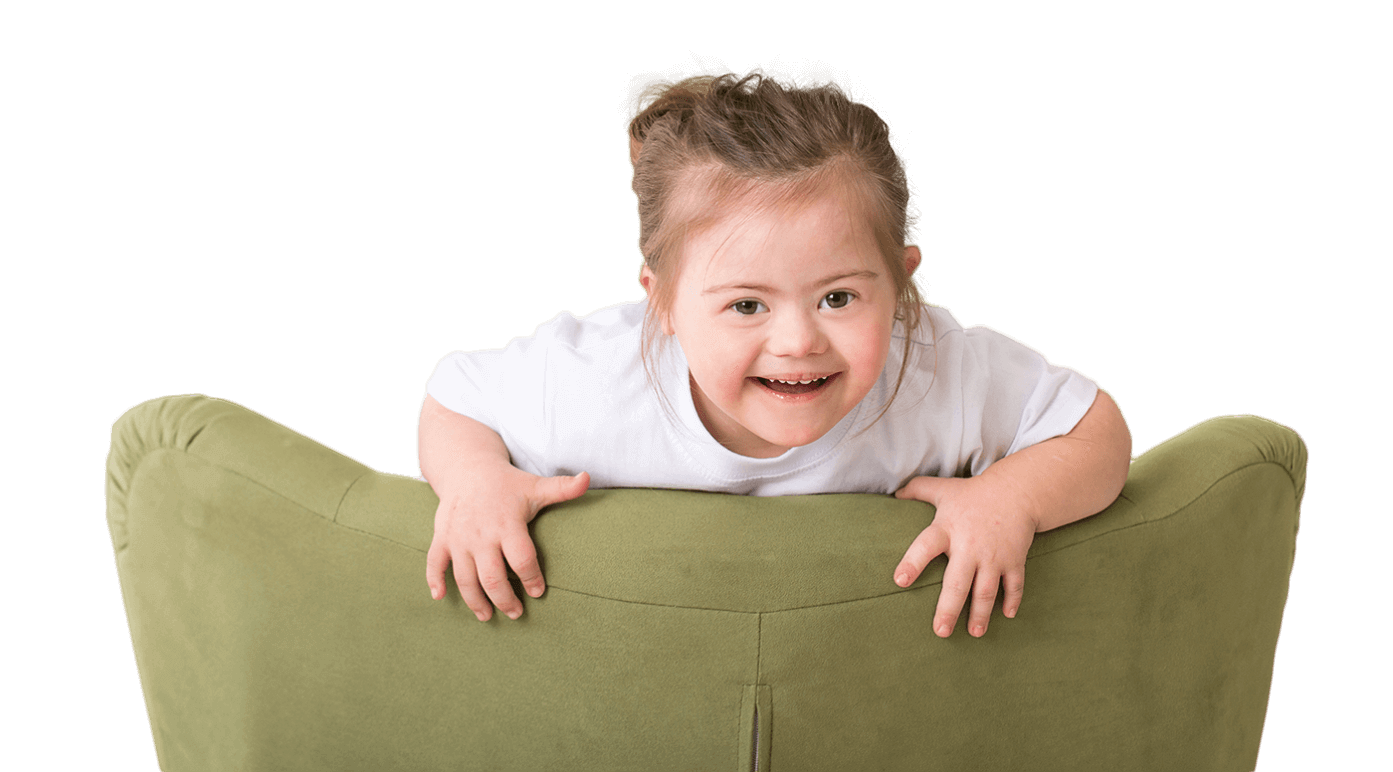
Getting started with NDIS funding for cerebral palsy
Cerebral palsy is a condition that occurs when the brain and the rest of the body don’t work in the same way.
This can result in a wide range of symptoms, from learning difficulties to epilepsy.
The condition is also known as ‘developmental coordination disorder’, which is a more general term for the same condition.
Cerebral palsy is listed as a list A condition, which means that those with cerebral palsy are likely to meet the disability requirements of the NDIS Act to be eligible for support.
In 2021, more than 16762 Australians received support for cerebral palsy.
The average support budget for those with cerebral palsy was $146,000, although budgets vary significantly with age.
Cerebral palsy participants receive significantly more in funding compared to average NDIS budgets due to extra care requirements.
Learn more about what disabilities can be funded through the NDIS here.
Children with cerebral palsy
Cerebral palsy is more common in children than in adults and most often affects children’s movement and posture, which can be severely impaired.
It can affect the muscle tone, muscle strength and muscle coordination of the limbs.
The management of cerebral palsy involves both medical and non-medical interventions.
The medical interventions include:
- Management of seizures
- Prevention and treatment of infection
- Medications for spasticity
- Surgical procedures.
The non-medical interventions include therapies and equipment that are used to improve the function of the body.
The largest participant group is children between the ages of 7 and 14 who receive an average of $58,000 annually in funding.
Cerebral palsy and NDIS eligibility
To classify the severity of cerebral palsy, a 5-level classification system that measures the gross motor function is used.
To be eligible to get NDIS funding, a person must be diagnosed and assessed as severe (assessed as Level 3, 4 or 5 on the Gross Motor Function Classification System – GMFCS).
Classification is based on self-initiated movement with emphasis on sitting, walking and wheeled mobility. Distinctions between levels are based on functional abilities, the need for assistive technology.
What supports can be funded by the NDIS for cerebral palsy?
There is no one-size-fits-all answer to this question, as the needs of people with cerebral palsy will vary depending on their individual symptoms and abilities.
Generally speaking, just about all participants with cerebral palsy require assistance with daily activities and a high percentage receive assistive technology improving mobility.
Other areas of major support include consumables, social/community activities and transport.
Common supports funded by the NDIS for cerebral palsy:
- Speech therapy
- Occupational therapy
- Personal care support
- Behavioural support
- Physiotherapy
Learn more: Support budgets in your plan.
Getting started with the NDIS
If you’re not sure if you meet eligibility requirements, follow this step-by-step process to find out and get on the right path for support.
NDIS participants with cerebral palsy use only 77% of their plan.
MyIntegra is a registered provider of plan management and support coordination services with years of experience and expertise in the NDIS. Our Plan Management service can help participants with cerebral palsy utilise their full funds and gain more independence.
Our plan managers can take care of the paperwork, pay invoices on time, and give practical advice and assistance to ensure your NDIS plan works best for you and our support coordinators will take the time to get to know you and your goals, so they can help you find and organise the best supports for your needs.
Contact our friendly team at 1800 696 347 for Plan Management or 1300 937 187 for Support Coordination or sign up online.
